Prague stands as a living museum of European architecture, with Gothic design taking center stage across the city’s skyline. The Czech capital flourished as a cultural hub during the Gothic period between the 13th and 15th centuries.
This golden age left behind an astonishing collection of structures that have withstood the test of time. Pointed arches, ribbed vaults, flying buttresses—these distinctive features can be spotted throughout the historic districts.
Unlike many European capitals that suffered extensive damage during World War II, Prague’s historical core escaped relatively unscathed. Here is a list of 15 must-see Gothic architectural marvels in Prague that’ll transport you back to medieval times.
St. Vitus Cathedral

Dominating Prague Castle’s silhouette, St. Vitus Cathedral took nearly 600 years to complete—a testament to the ambition behind Gothic sacred architecture. The massive rose window on the southern facade creates mesmerizing patterns as sunlight filters through its stained glass.
Inside, ribbed vaults soar to 108 feet, creating that sense of heavenly aspiration so fundamental to Gothic design principles.
Charles Bridge
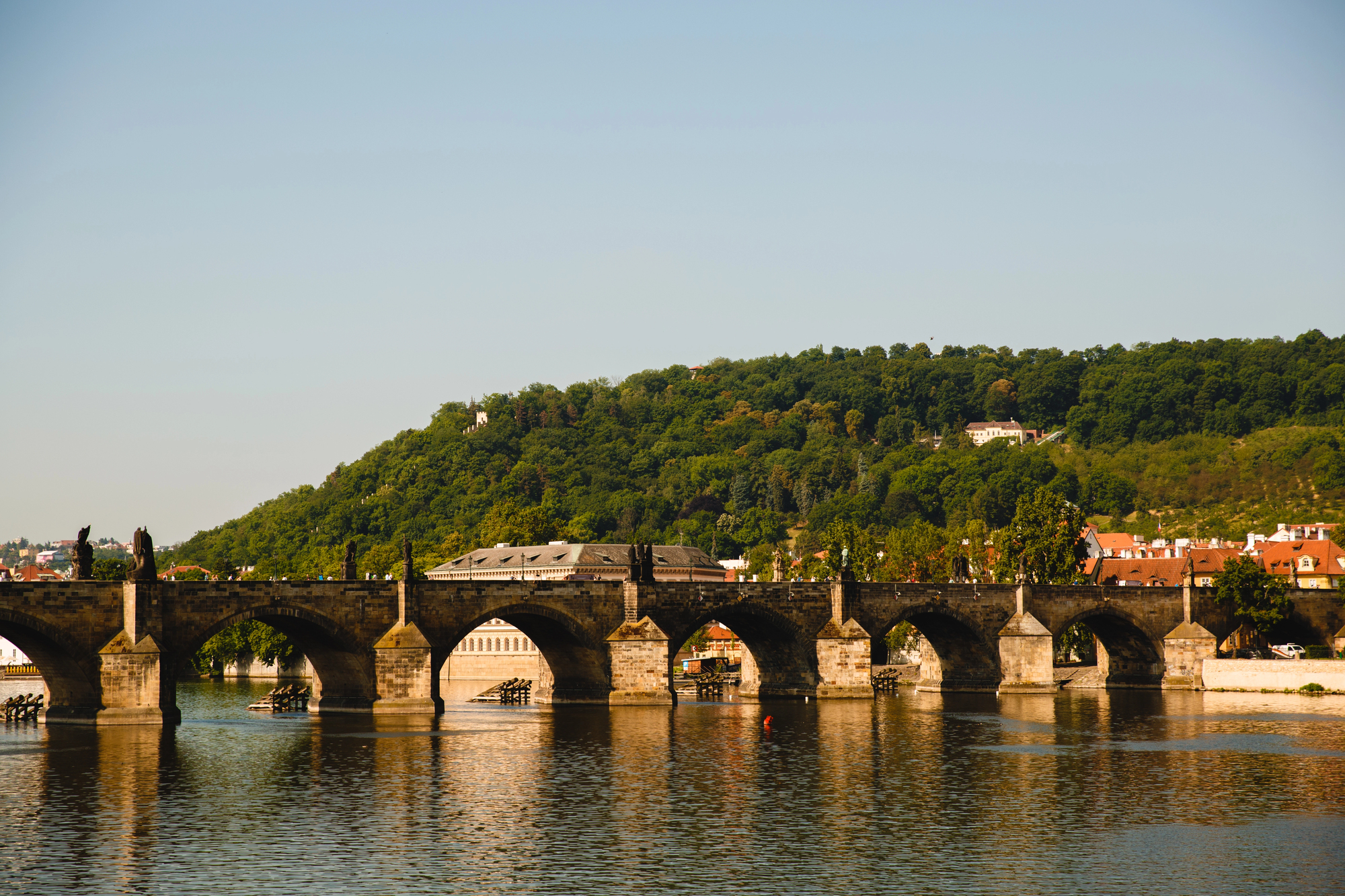
This iconic stone bridge spans the Vltava River with 16 massive arches showcasing medieval engineering brilliance. Construction kicked off in 1357 under King Charles IV, though it wasn’t completed until the early 15th century.
The bridge’s famous tower gateways—with their pointed arches and defensive elements—blend form and function in a way that’s quintessentially Gothic.
Old Town Bridge Tower

Standing guard at the eastern end of Charles Bridge, this tower ranks among Europe’s most impressive Gothic gateways. Its facade features sculptures of royal figures arranged in symbolic hierarchy – a visual language instantly recognizable to medieval citizens.
Master mason Peter Parler designed dramatic vertical lines that draw the eye upward, embodying Gothic architecture’s spiritual aspirations.
Like Travel Pug’s content? Follow us on MSN.
Old Town Hall
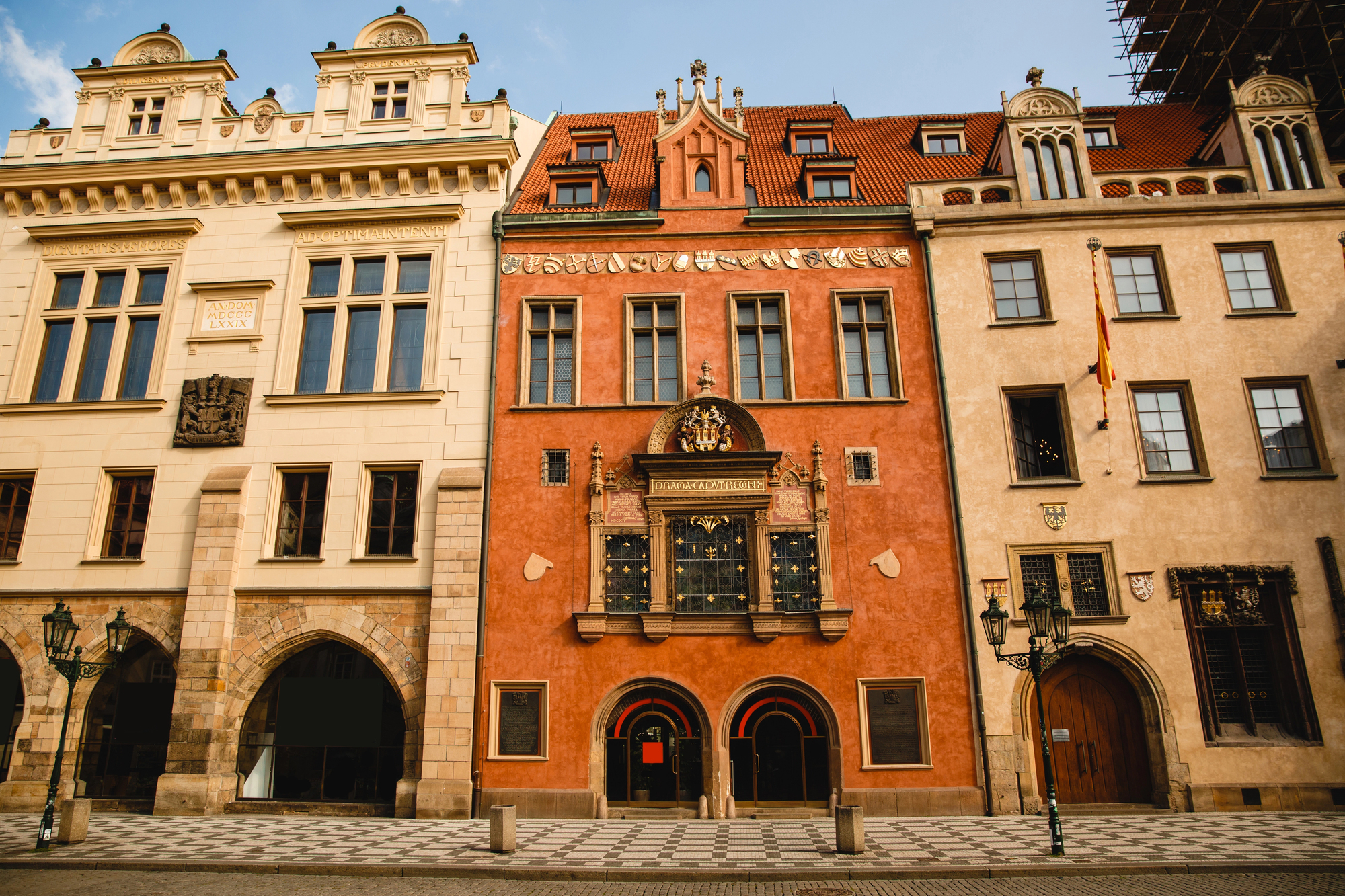
Famous for its astronomical clock, the Old Town Hall includes a stunning Gothic tower that’s survived since the 14th century. The tower’s chapel displays exceptional vaulting work and window tracery—mathematical precision achieved without modern tools or computers.
Despite partial destruction during the war, surviving Gothic elements still showcase those distinctive pointed arches that revolutionized medieval building techniques.
Church of Our Lady Before Týn
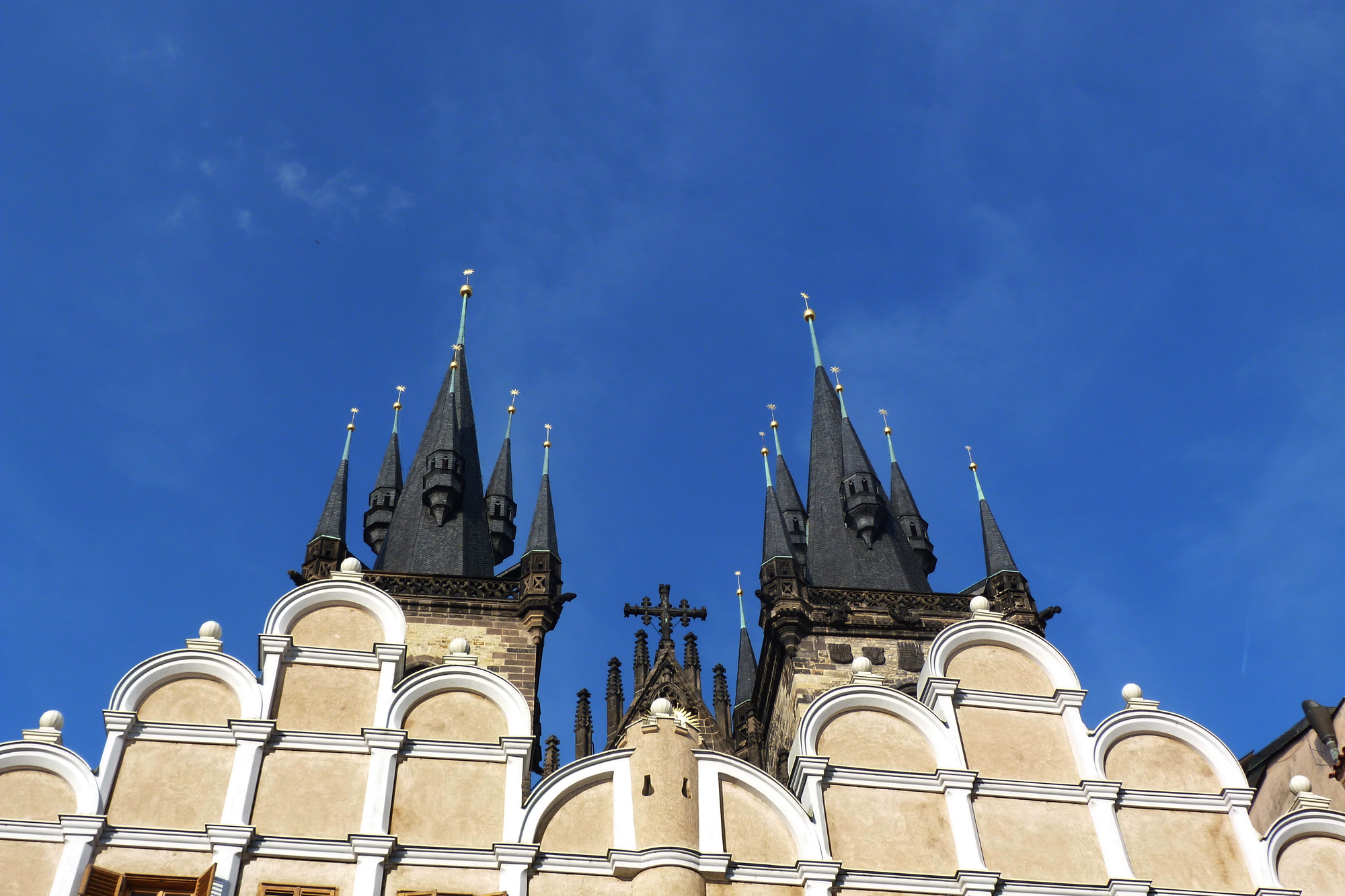
With twin spires punctuating Old Town’s skyline, this church represents Prague Gothic at its most dramatic—perhaps even theatrical. Construction lasted from the 14th to the 16th centuries, resulting in an evolution of Gothic styles visible throughout the structure.
The northern portal features exceptional sculptural details depicting Christ’s passion with an emotional intensity characteristic of late Gothic religious art.
Convent of St. Agnes
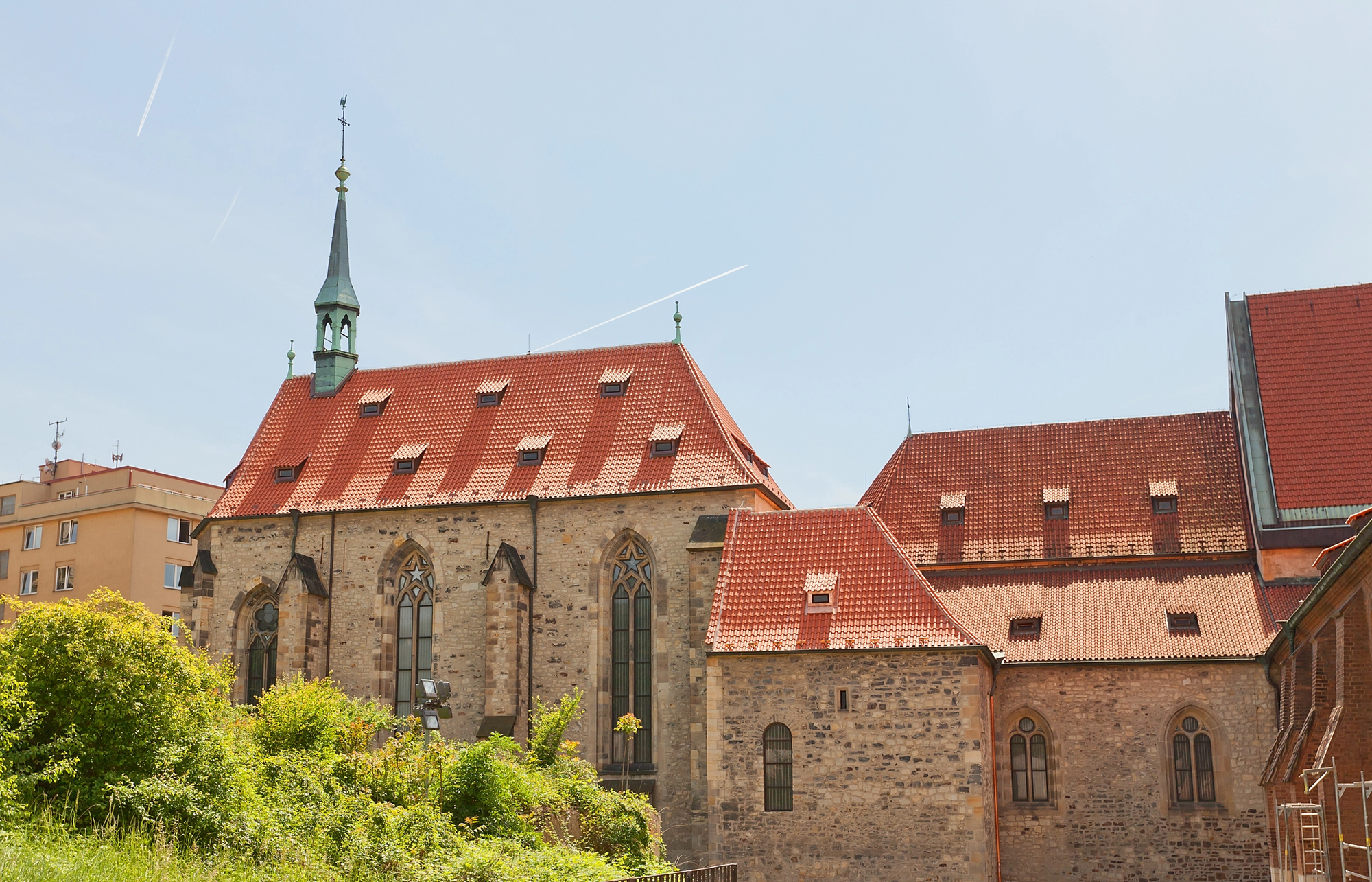
As Prague’s oldest Gothic structure, this 13th-century convent offers rare insight into the early development of the style before it reached its flamboyant heights. Simple yet elegant pointed arches mark the transition from Romanesque to Gothic principles.
Founded by a Bohemian princess who later became a saint, the convent’s understated beauty reflects early Gothic values before the style embraced elaborate ornamentation.
Like Travel Pug’s content? Follow us on MSN.
Powder Tower
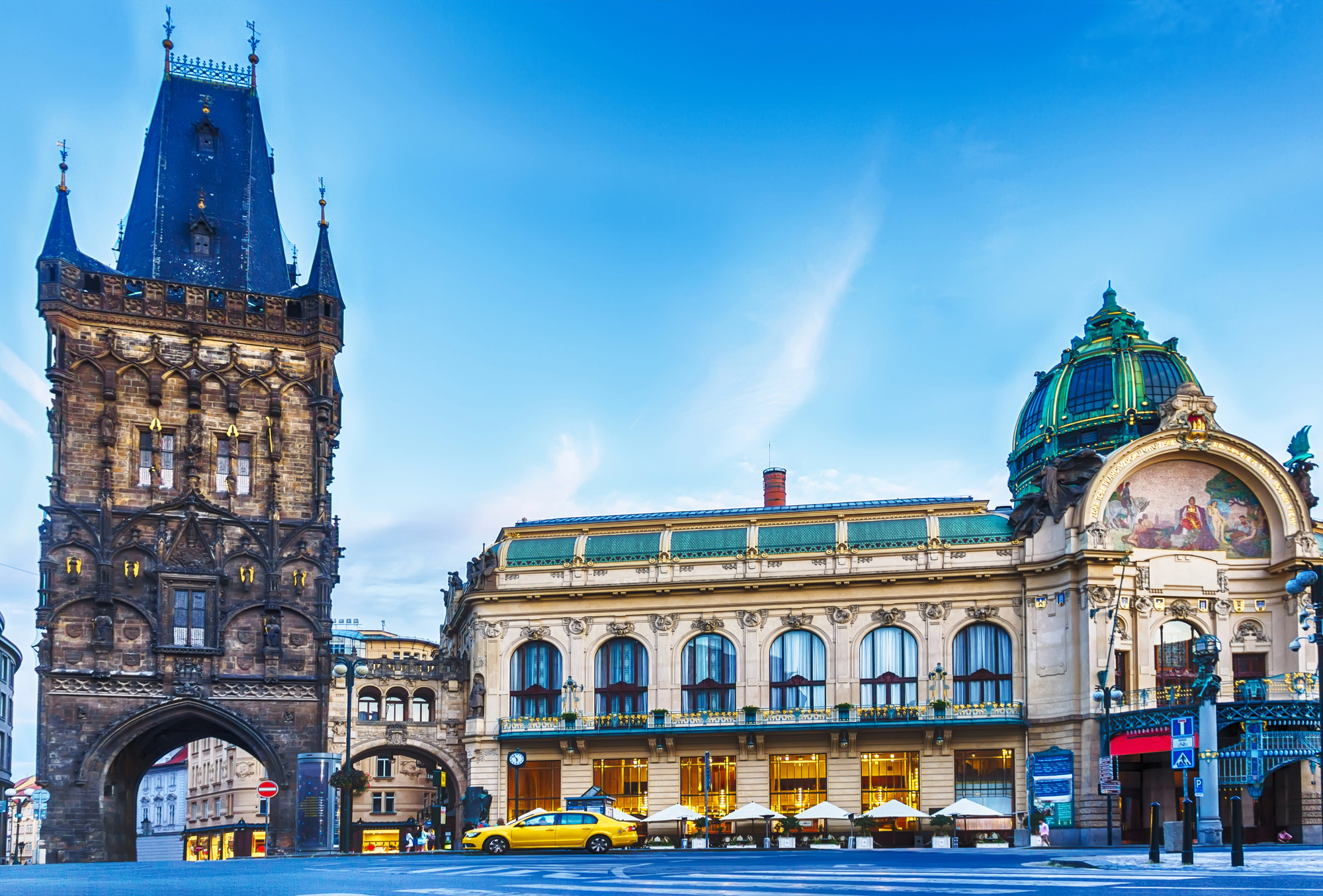
This imposing gateway once served as the ceremonial entrance to Prague’s Old Town and displays the decorative richness of late Gothic style. Intricate stone carvings cover the exterior—botanical motifs, heraldic symbols, and figures demonstrating medieval craftsmanship at its height.
After extensive 19th-century restoration, the tower now stands as one of the most authentic Gothic structures you’ll find in the city.
Carolinum
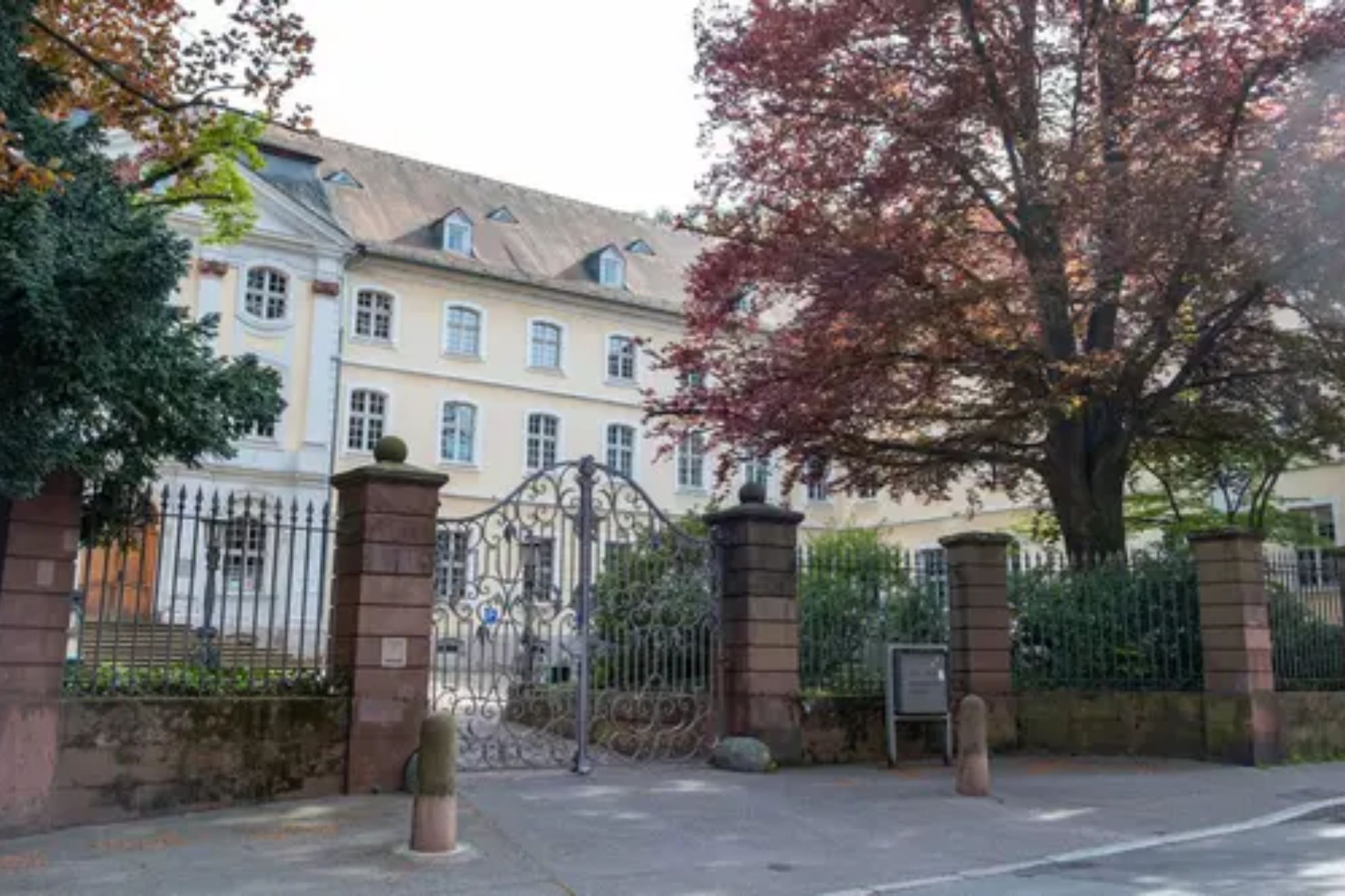
The historic heart of Charles University includes a remarkable Gothic oriel window projecting from the chapel facade – practical for light yet symbolically representing Europe’s fourth-oldest university. Step inside the ceremonial hall to see original Gothic vaulting, creating an atmosphere of scholarly dignity. These spaces have hosted academic rituals continuously since 1348—an unbroken tradition spanning nearly seven centuries.
Stone Bell House
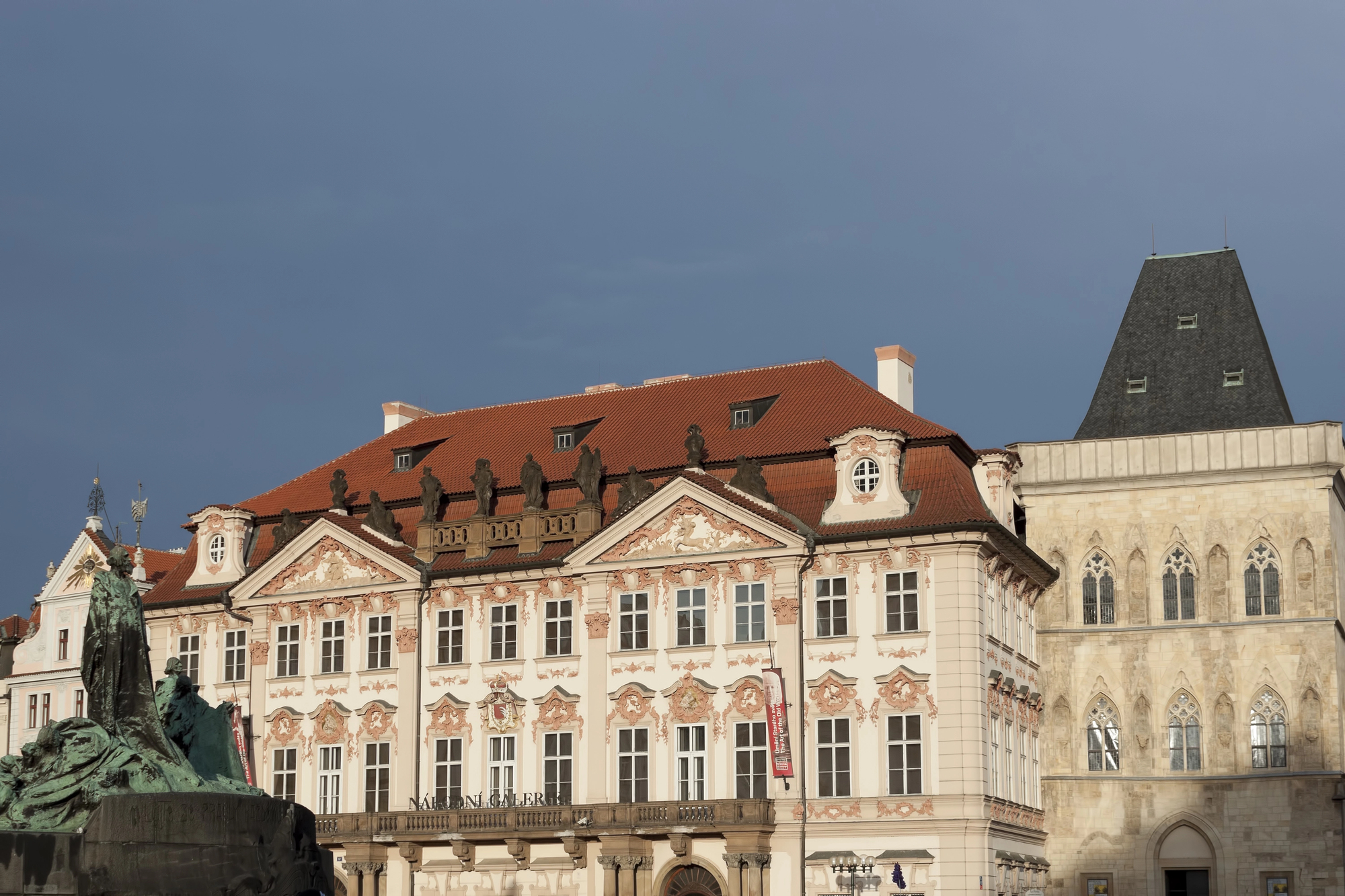
This rare example of Gothic residential architecture once served as a royal residence dating to the early 14th century. Careful restoration revealed original Gothic elements including pointed-arch windows that demonstrate how this style extended beyond churches and public buildings.
The house gets its curious name from a stone bell sculpture embedded in the corner—a unique feature that continues to puzzle historians.
Like Travel Pug’s content? Follow us on MSN.
New Town Hall
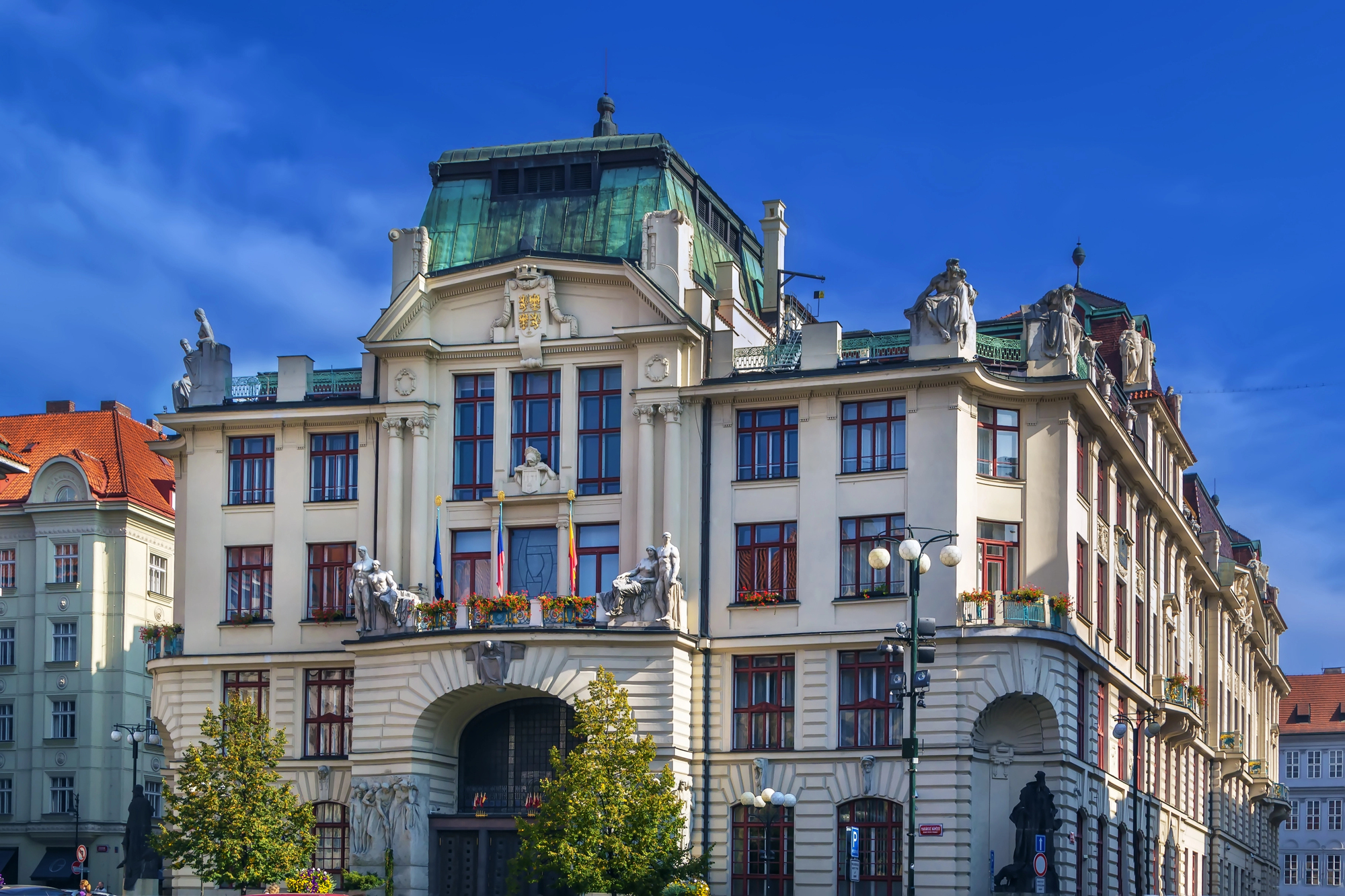
Despite its name, this Gothic structure dates to the 14th century when Charles IV established the ‘New Town’ district. Its impressive bay windows feature increasingly complex tracery patterns that reflect Gothic evolution throughout Europe.
The hall witnessed the First Defenestration of Prague in 1419—angry protestors threw city officials from its windows, triggering the Hussite Wars that would reshape Bohemian history.
Basilica of St. Peter and St. Paul
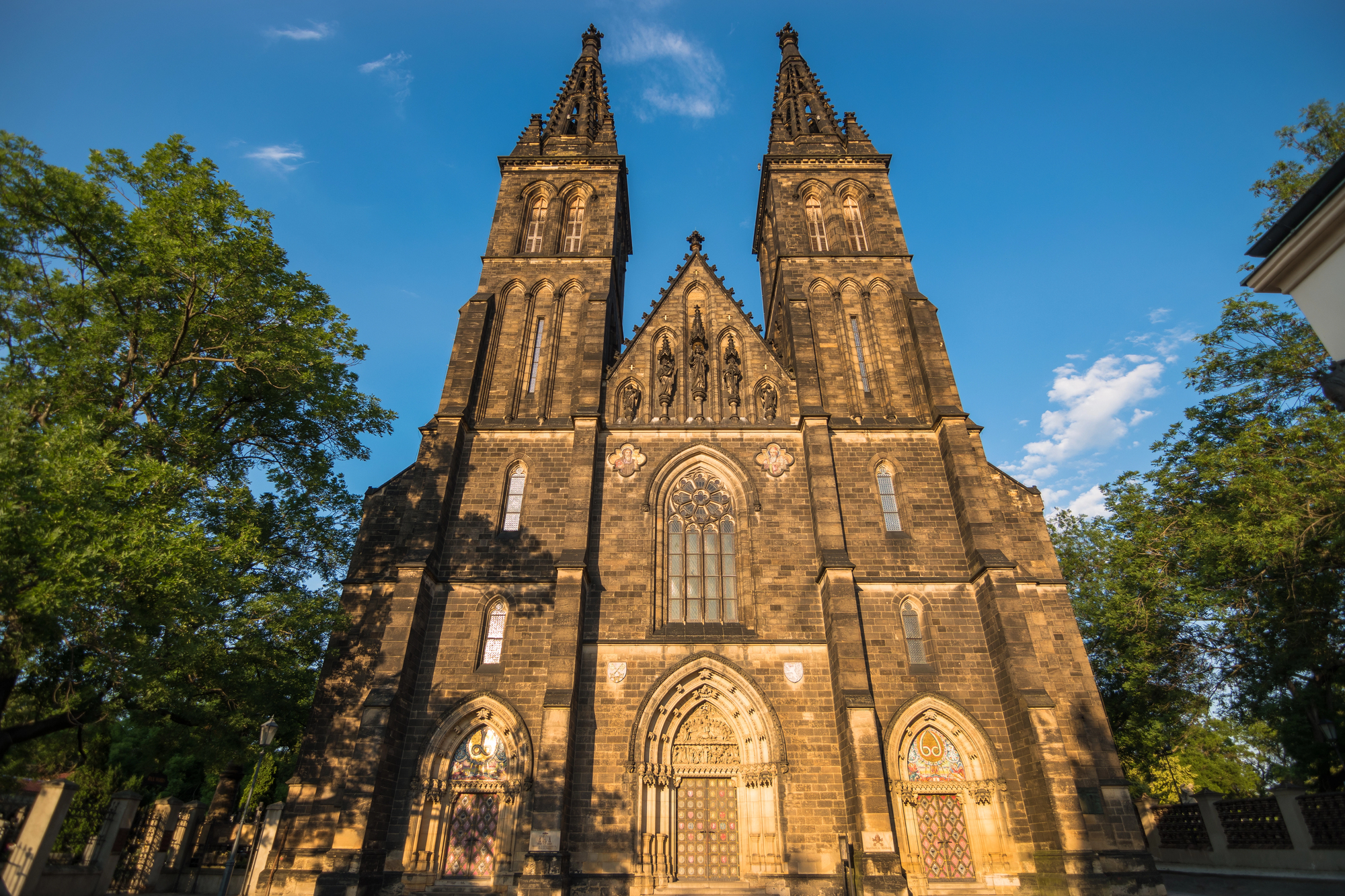
Located in the Vyšehrad fortress complex, this church features a Gothic interior that contrasts with its later Neo-Gothic exterior renovations. Soaring ribbed vaults create dramatic light effects that enhance the spiritual atmosphere of the space.
Look up to spot remarkable stone boss carvings at the junctions of ceiling ribs, each depicting religious symbols with extraordinary detail that’s often missed by casual visitors.
Old-New Synagogue
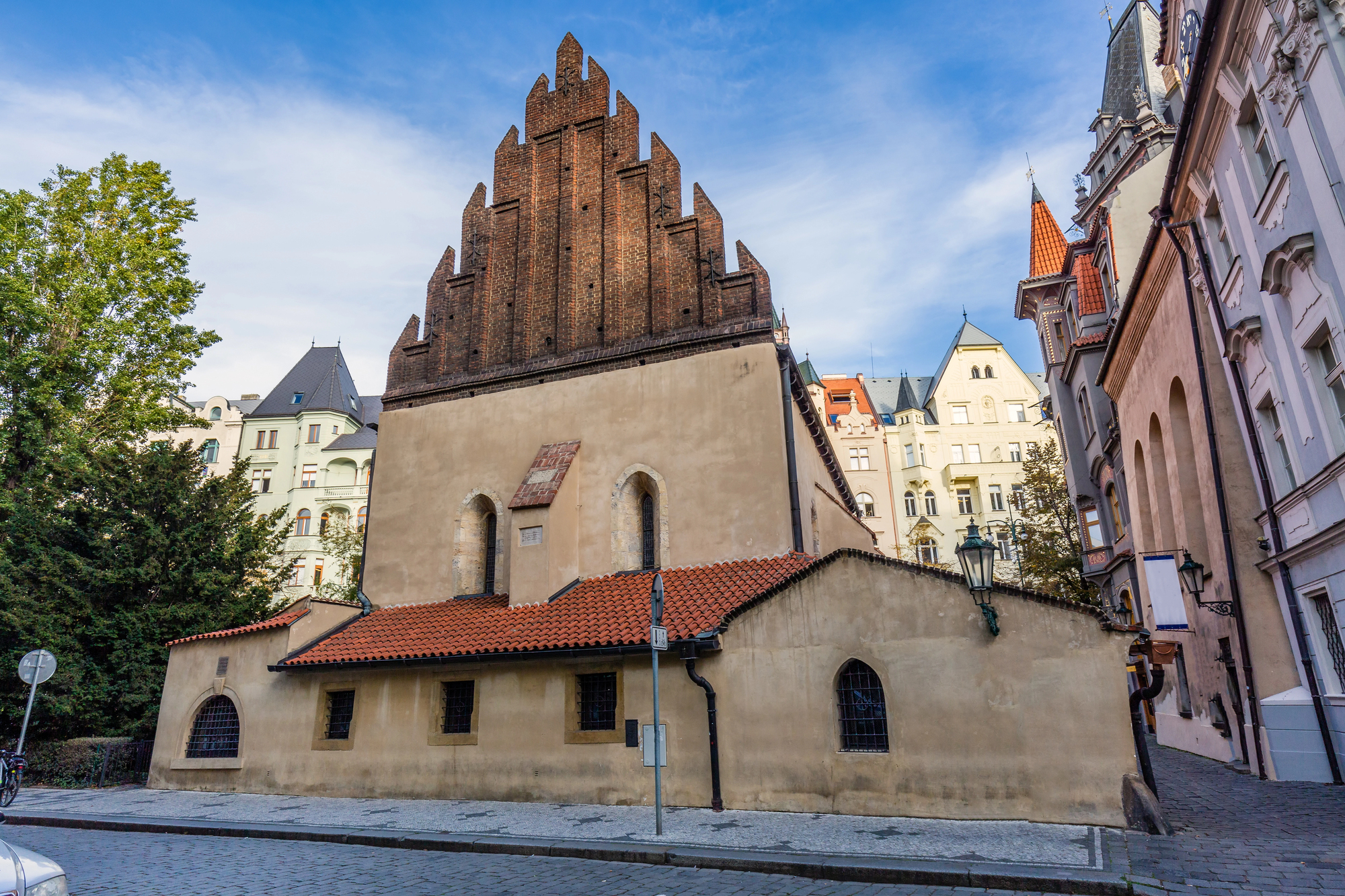
Europe’s oldest active synagogue adapts Gothic principles to serve Jewish worship requirements. The unusual double-nave design with central columns creates an interior space unlike Christian churches while maintaining Gothic structural elements.
Built around 1270, its simple stonework represents early Gothic architecture, proving the style’s versatility across different religious contexts.
Like Travel Pug’s content? Follow us on MSN.
St. Martin in the Wall Church

This hidden gem earned its unusual name by being partially integrated into Prague’s Old Town fortification wall. The remarkable Gothic portals feature pointed arches and delicate stone carvings that have somehow survived since the 14th century.
Visitors can admire original ribbed vaulting in the presbytery that demonstrates the techniques which revolutionized architectural possibilities throughout medieval Europe.
House at the Stone Ram
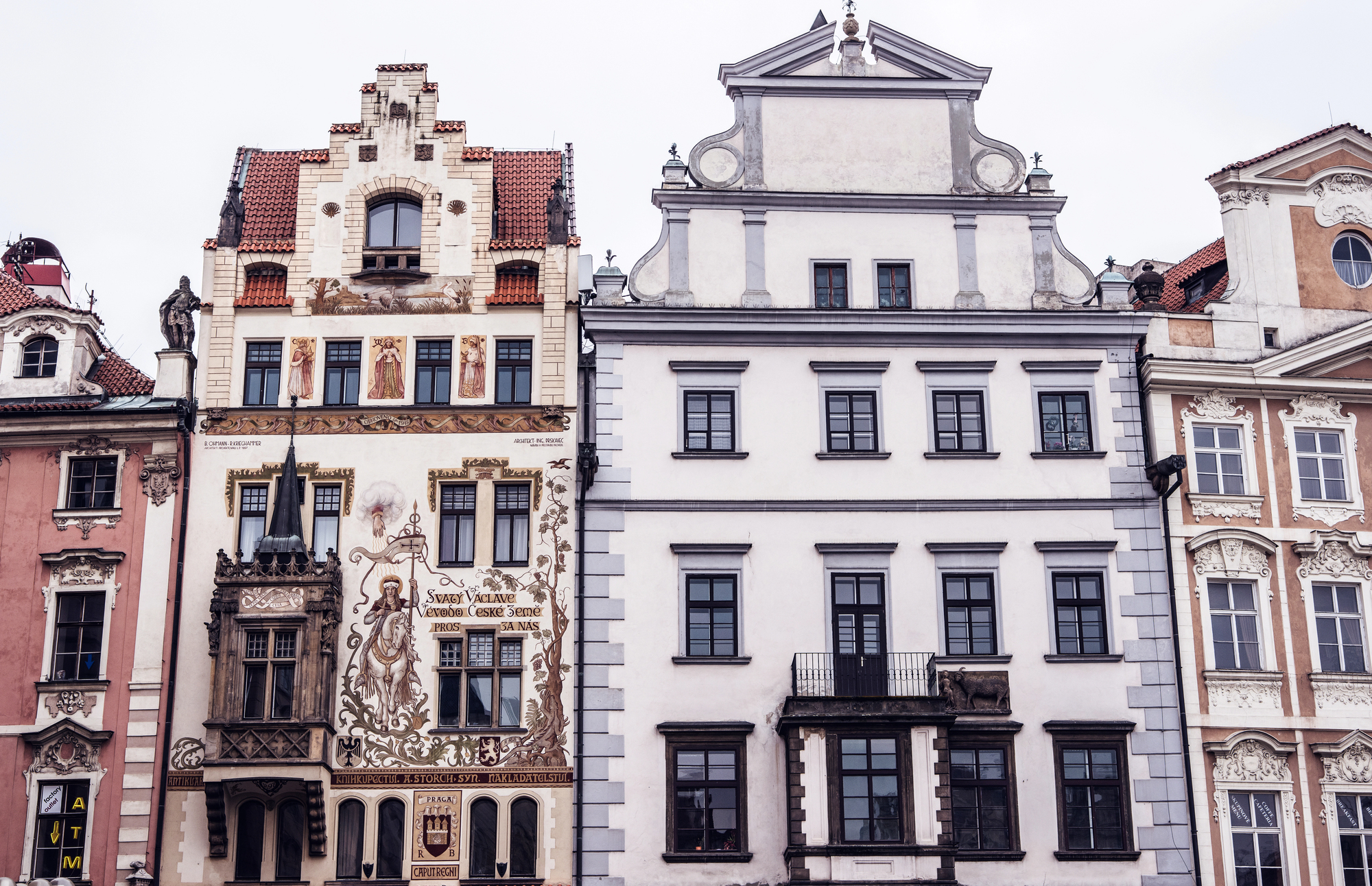
Near Old Town Square, this Gothic house maintains a wonderfully preserved facade with distinctive pointed arch windows. It’s named after the stone ram sculpture adorning its corner—a typical medieval identification method before street numbering systems existed.
The courtyard contains Gothic stonework fragments offering glimpses into the daily lives of wealthy medieval Prague residents rarely depicted in historical accounts.
Black Madonna House
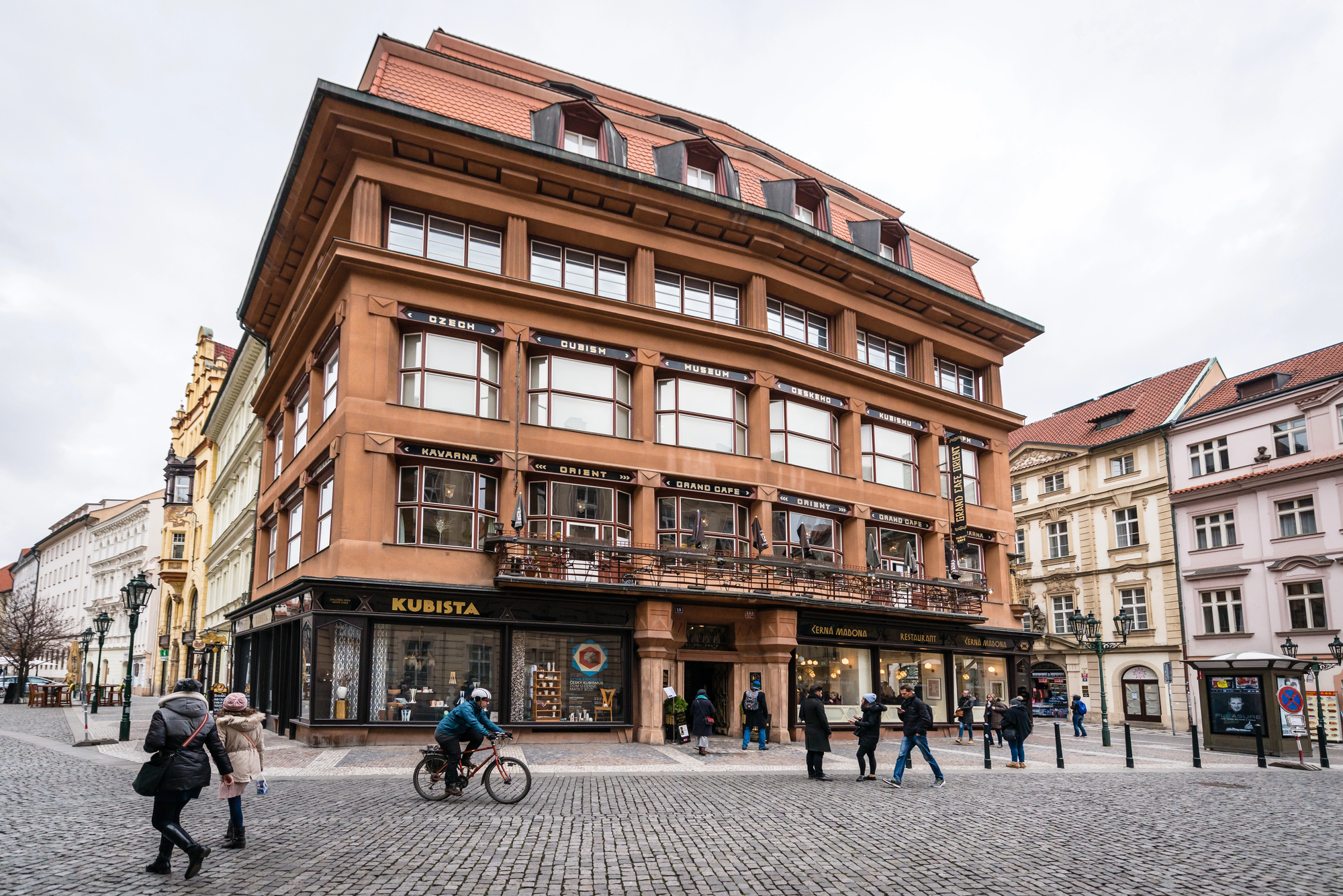
While celebrated for its later Cubist redesign, this building contains significant Gothic structural elements dating back to the 14th century. The original Gothic cellars feature perfectly preserved vaulting techniques that have supported the structure for over seven centuries.
It perfectly represents Prague’s architectural layering, where successive styles are built upon Gothic foundations rather than replacing them entirely.
Like Travel Pug’s content? Follow us on MSN.
Medieval Visions in Stone
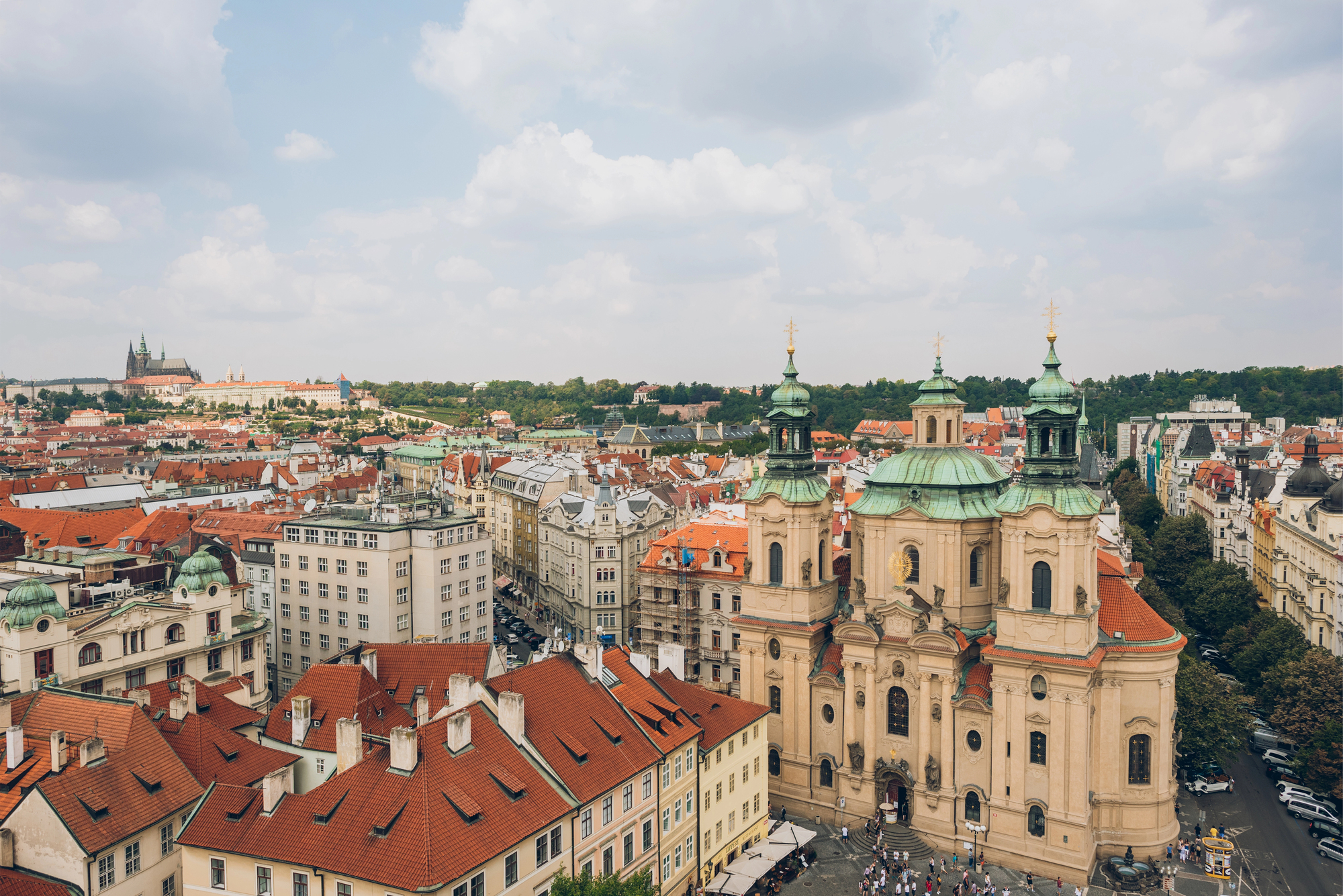
Prague’s Gothic treasures continue inspiring architects and visitors alike nearly eight centuries after they first transformed the city. These aren’t just beautiful buildings—they embody medieval technological innovation, spiritual values, and artistic expression that shaped European civilization.
Walking Prague’s cobblestone streets today, you can’t help but feel connected to centuries of human creativity preserved in stone. These Gothic masterpieces stand as a testament to the enduring power of architecture to express our highest aspirations.
More from Travel Pug

- Cities Growing so Fast You Won’t Recognize Them in 10 Years
- 13 Destinations Where Tourists Regularly Regret Their Trip
- 20 Obscure WWII Sites Even History Buffs Don’t Know About
- 10 Under-the-Radar Mountain Towns That Are Both Affordable and Beautiful
- Remote Villages in Europe Where You Can Live for Free in Exchange for Work
Like Travel Pug’s content? Follow us on MSN.
